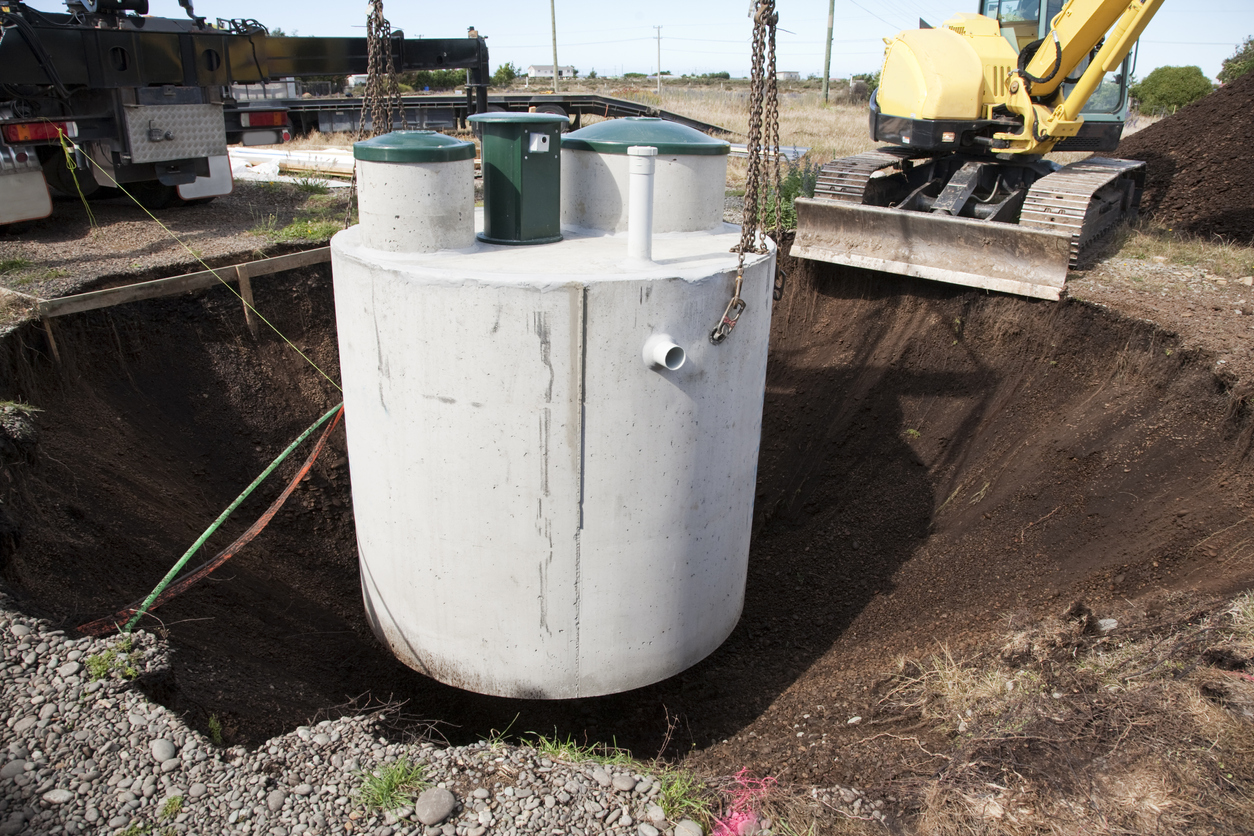
From household to household, business to business, septic tanks are relatively standard throughout the United States. According to the Environmental Protection Agency, more than 60 million Americans utilize septic tanks either at home or at work. But just because septic tanks are standard components to a building’s plumbing, it doesn’t mean that the installation process is easy. There’s a great deal of care for clients in the wastewater management industry that needs to be taken even before digging begins. By making a list and checking off the boxes carefully, water management clients can significantly reduce the risk of error, liability, and a potential lawsuit. Here’s a quick checklist for clients when gearing up for septic tank installation for homes or businesses.
First Things First: Cover It Up
We’re not referencing the septic tank here. With so much work that goes into septic tank installation, it’s essential to make sure your clients have the right level of Wastewater Treatment Coverage to protect from the potential mishap. This insurance protects companies in the water management industry from issues with bacteria, lead, and pollution problems that can seep into the world of liability.
Clients who work in septic tank installation and those in wastewater treatment plants can take advantage of this coverage to ensure they are covering themselves in the event of an error in installation.
Septic Tank Installation Checklist
After coverage is assured, it’s time to dig in—literally. Here are some steps to check off in septic tank installation:
- Get Educated on Septic Regulations: Before any shovels break ground, clients need to get familiar with septic regulations in their area. In most states, the government regulates all septic tank installations through the local county and state laws, mainly through their state environmental agency or health department. Clients should contact these agencies or look up information on their websites for more septic tank installation information. Many agencies have a bevy of details on everything to do with septic tanks, including installation and maintenance.
- Pour Over Permits: Permits may vary from state to state, so a thorough search of the local agency’s available information related to septic tanks is essential to comb through. This information should include all there is to know about what permits are required in different installation scenarios. In some cases, a property has to be evaluated by the environmental or health agency before getting an installation permit. This helps determine what kind of system can fit in the property’s soil condition.
- Get a Soil Evaluation: Working with the local agencies noted above will only help streamline going about septic installation effectively and legally. Performing a soil evaluation helps companies determine what kind of system should be installed, including advanced systems that can treat unique soil and groundwater conditions.
Digging a sample hole on a property allows companies and evaluators to see what the soil on the property is like. Evaluators also help inform companies and their clients of what systems installers can place along with a general estimate of those septic tank systems.
By taking the time to go through the necessary steps before installation efforts, clients in the wastewater industry can set themselves up for a successful installation.
About Watercolor Management
WaterColor Management has insured the water industry for over 30 years. Our policies include unlimited defense cost coverage in the event of a lawsuit against you. Call us at (256) 260-0412 or email info@watercolormanagement.com for a quick quote for your Water Business Professional, Products/Completed operations, Pollution and General Liability Insurance.




